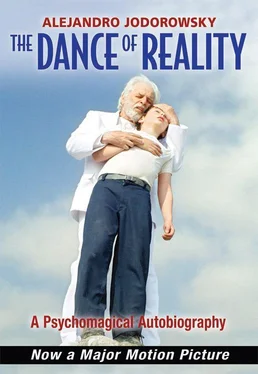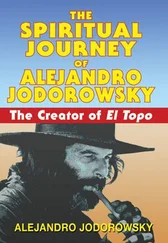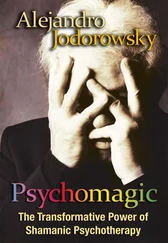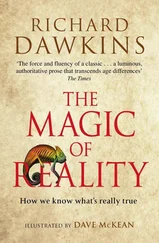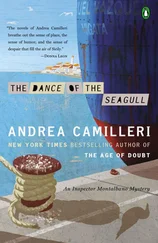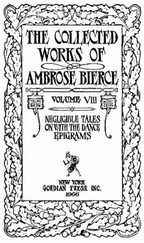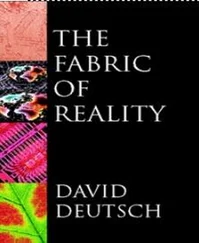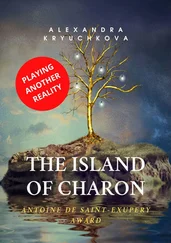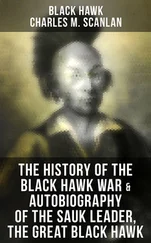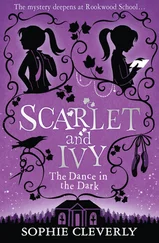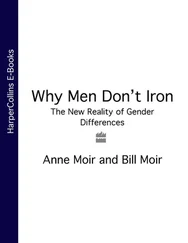Alejandro Jodorowsky
The Dance of Reality: A Psychomagical Autobiography
There are problems that knowledge cannot solve. One day we will come to understand that science is nothing but a type of imagination, a specialized type, with all the advantages and all the dangers that specializing brings with it.
GEORGE GRODDECK, THE BOOK OF THE IT

Alejandro Jodorowsky with one of his cats.
I was born in 1929 in the north of Chile, in a region conquered from Peru and Bolivia. Tocopilla is the name of my birthplace. It is a small port city located, perhaps not by coincidence, on the 22nd parallel. Each of the 22 arcana of the Tarot of Marseilles is drawn in a rectangle composed of two squares. The upper square may symbolize heaven, the spiritual life, while the lower square may symbolize Earth, material life. A third square inscribed at the center of this rectangle symbolizes the human being, the union between light and darkness, receptive to what is above, active in what is below. This symbolism, found in the ancient myths of China and Egypt (the god Shu, the “empty being,” separates the earth-father Geb from the sky-mother Nut), also appears in Chilean indigenous Mapuche mythology: “In the beginning, sky and earth were so close together that there was no space in between them, until the arrival of the conscious being, which liberated humankind, raising the sky.” In other words, establishing the difference between animals and humans.
In the Andean language of Quechua, Toco means “double sacred square” and Pilla means “devil.” In this case, the devil is not the incarnation of evil but a being of the subterranean dimension who gazes through a window made of both spirit and matter — that is, the body — in order to observe the world and share his knowledge with it. Among the Mapuche Pillán means “the soul, the human spirit arrived at its final destination.”

At times I have wondered whether it was the influence of having been born at the 22nd parallel, in a place called Double Sacred Square— a window through which consciousness emerges — that caused me to be so absorbed by the Tarot for much of my life, or whether I was born already predestined to do what I have done sixty years later: to renew the Tarot of Marseilles and to invent psychomagic. Does destiny really exist? Can our lives be oriented toward purposes that surpass the individual interest?
Was it a coincidence that my good teacher at the public school was called Mr. Toro? There is an obvious similarity between “Toro” and “Tarot.” He taught me to read with his own personal method by showing me a deck of cards, each of which had a letter printed on it. He then told me to shuffle them, take a few from the deck at random, and try to form words. The first word I spelled — I was no more than four years old — was OJO (eye). When I spoke the word in my high voice, it was as if something suddenly exploded in my brain; thus, in one fell swoop, I learned to read. Mr. Toro, a great smile dawning on his dark face, congratulated me. “I’m not surprised that you learned to read so quickly. You have a golden eye ( ojo d’oro ) in the middle of your name.” And he arranged the cards like so: “alejandr OJO D ORO wsky.” This moment marked me forever, first because it broadened my view by introducing me to the Eden that is reading, and second because it set me apart from the rest of the world. I was not like other children. Eventually I was placed in a higher grade with older boys who became my enemies because they could not read with my level of fluency. All these boys, most of them sons of out-of-work miners (the stock market crash of 1929 had reduced 70 percent of Chileans to poverty), had dark brown hair and small noses. But I, descended from Russian-Jewish immigrants, had a large, hooked nose and very light hair. This was all it took for them to dub me “Pinocchio,” and with their mockery to dissuade me from wearing shorts: “Milky legs!” Perhaps because I had a golden eye, as well as in order to mitigate my awful lack of friends, I cloistered myself in the recently opened town library. At the time, I paid no heed to the emblem above the door of a compass crossed with a square; the library had been founded by Masons. There, in the quiet shadows, I read for hours from the books that the kind librarian allowed me to take from the shelves: fairy tales, adventure stories, adaptations of classics for children, and dictionaries of symbols. One day while browsing among the shelves I ran across a yellowed volume: Les Tarots by Eteilla. All my efforts to read it were in vain. The letters looked strange and the words were incomprehensible. I began to worry that I had forgotten how to read. When I communicated my anguish to the librarian, he began to laugh. “But how could you understand it; it’s written in French, my young friend! I can’t understand it either!” Oh, how I felt drawn to those mysterious pages! I flipped through them, seeing many numbers, sums, the frequent occurrence of the word Thot, some geometric shapes. but what fascinated me most was a rectangle inside which a princess, wearing a three-pointed crown and seated on a throne, was caressing a lion that was resting its head on her knees. The animal had an expression of profound intelligence combined with an extreme gentleness. Such a placid creature! I liked the image so much that I committed a transgression that I still have not repented: I tore out the page and brought it home to my room. Concealed beneath a floorboard, the card “STRENGTH” became my secret treasure. In the strength of my innocence, I fell in love with the princess.
I thought of, dreamed of, and imagined this friendship with a peaceable beast so much that reality brought me into contact with a real lion. My father, Jaime, had worked as a circus performer before settling down and opening his shop, Casa Ukrania. Trapeze stunts were his specialty, and later hanging by his hair. In this town of Tocopilla, built up against the mountains of the Tarapacá Desert where it had not rained for three centuries, the warm winters were an irresistible attraction for all manner of spectacles. Among them was the great circus of the Human Eagles. My father took me to this circus, and afterward brought me to visit the performers, who remembered him well. I was six years old on that day when two clowns — one who went by the name of Lettuce, clad in green with a green nose and wig, and another called Carrot, clad similarly in orange — placed a lion cub in my arms that had been born just a few days earlier.
Holding a lion that was small but stronger and heavier than a cat, with its broad paws, large snout, soft fur, and eyes of an incommensurable innocence, was an immense pleasure. I took the little animal to the sawdust-covered ring and played with him. I simply became another lion cub myself. I absorbed his animal essence, his energy. Later, as I sat cross-legged on the floor of the ring, the lion cub stopped running back and forth and came to rest his head on my knee. It seemed to me as if he remained there for an eternity. When he finally left, I burst into disconsolate tears. Neither the clowns, nor the other performers, nor my father could quiet me down. Jaime, now in a bad mood, led me by the hand back to our house. My lamentations continued for at least another couple of hours.
Later, once I calmed down, I felt as if my hands had the strength of the lion cub’s large paws. I went down to the beach that was a couple of hundred meters from the main street, and there, feeling infused with the power of the king of beasts, I challenged the ocean. The waves that lapped my feet were small. I began to throw pebbles at the waves in order to make the ocean angry. After about ten minutes of stone throwing, the waves began to grow bigger. I thought I had enraged the blue monster. I continued throwing stones with all my might. The waves started to get violent, some of them very large. Then a rough hand grabbed my arm. “Stop, foolish child!” It was a homeless woman who lived by a dumping site; people called her the Queen of Cups, just like the Tarot card, simply because she was often seen falling down drunk, wearing a corroded brass crown on her head. “A little flame can burn down a forest, and one stone can kill all the fish!”
Читать дальше
